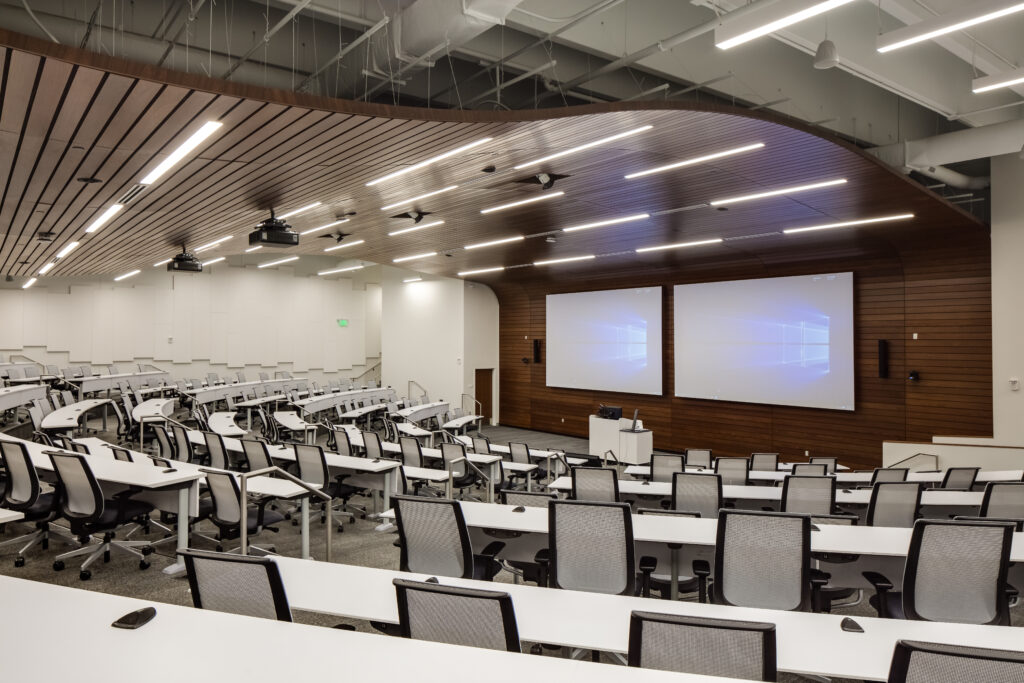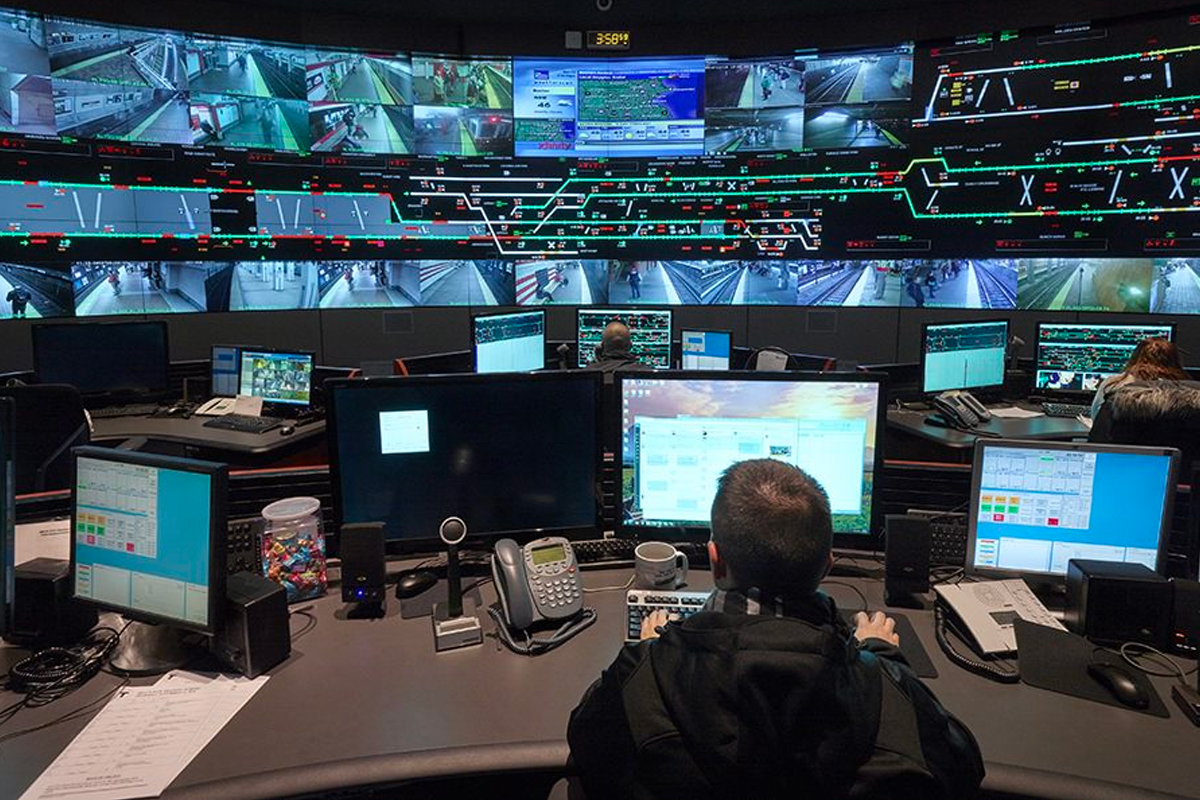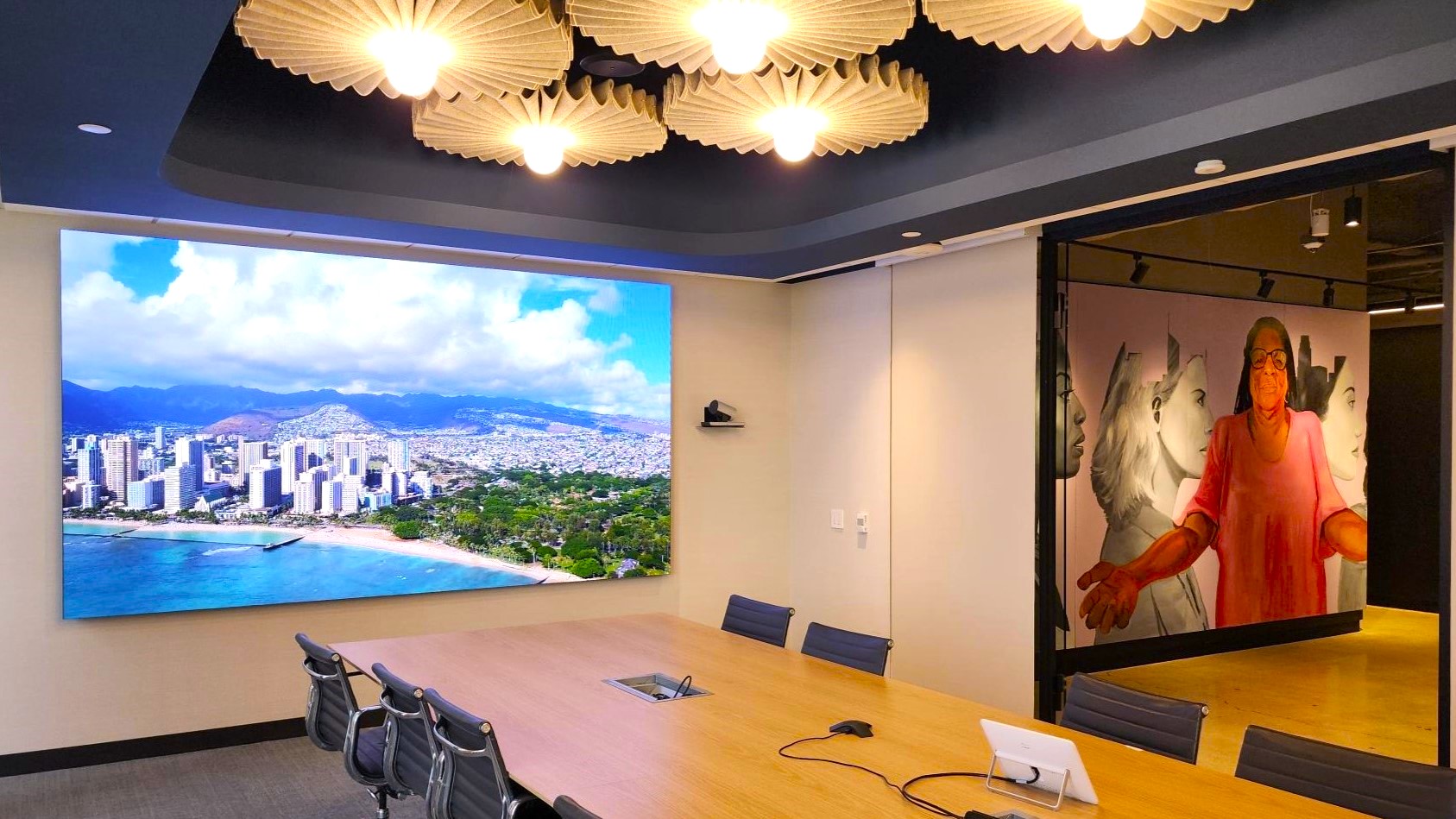
Building Seamless Connections for AV Networks
In today’s interconnected world, the Audiovisual (AV) network has revolutionized the way we communicate, collaborate, and consume media. It is the backbone of our modern digital age, facilitating real-time interactions, seamless media streaming, and much more. This blog explores the world of audiovisual networking, delving into its significance, various types of networks, protocols employed, challenges faced, and the innovative solutions that drive its continued evolution.

What is an audiovisual network?
Audiovisual networking is the integration of audio, video, and control over a network, enabling the transmission and reception of real-time audio and video streams between devices as well as control signals. It enables individuals and organizations to connect across distances, fostering communication and enhancing collaboration within AV networks.
Why is audiovisual networking important for AV networks?
The importance of audiovisual networking lies in its ability to bridge gaps and facilitate efficient communication within AV networks. Whether for business conferences, virtual meetings, remote education, or entertainment, audiovisual networking brings people together, breaking barriers of time and space within AV networks. Leveraging an AV network also eliminates the need for traditional large AV matrix switchers.
Benefits of audiovisual networking for AV networks:
Cost Savings
By reducing the need for physical presence, audiovisual networking within AV networks reduces travel costs and time, benefiting businesses and individuals alike.
Enhanced Collaboration
Audiovisual networks enable face-to-face interactions even when participants are geographically dispersed within an AV network, improving teamwork and productivity.
Improved Education
Audiovisual networking enables remote learning, allowing students to access education from anywhere in the world within AV networks.

Solutions to the challenges of audiovisual networking within AV networks:
Types of audiovisual networks
Local Area Networks (LANs): LANs connect devices within a limited geographic area, such as a home, office, or campus, facilitating fast data transfer rates within AV networks.
Wide Area Networks (WANs): WANs cover vast geographical areas, connecting LANs and enabling communication between remote locations within AV networks.
Metropolitan Area Networks (MANs): MANs cover a larger area than LANs but smaller than WANs, often connecting multiple LANs within a city or metropolitan region in AV networks.
Protocols for audiovisual networking
Real-time Transport Protocol (RTP): RTP is widely used for transmitting audio and video over IP networks, providing mechanisms for timing, packetization, and delivery monitoring within AV networks.
Real-time Transport Control Protocol (RTCP): RTCP works hand-in-hand with RTP to monitor the quality of service (QoS) and provide feedback for optimizing performance within AV networks.
Session Initiation Protocol (SIP): SIP is essential for establishing, modifying, and terminating multimedia sessions, playing a crucial role in VoIP and video conferencing within AV networks.
Software Defined Video over Ethernet (SDVoE): SDVoE is a proprietary protocol for transporting audio and video over the network. The system is a full stack solution, leveraging every layer of the OSI network.
Challenges of audiovisual networking within AV networks
Latency: Delay in data transmission can lead to synchronization issues, affecting the quality of real-time communication within AV networks.
Jitter: Variability in packet arrival times can cause disturbances in audio and video streams within AV networks.
Packet Loss: Data packets can get lost or arrive out of order during transmission, leading to gaps or distortions in the media within AV networks.

Audiovisual networking has become an indispensable aspect of modern communication and media consumption within AV networks. Its continuous evolution promises a future filled with even more immersive and interconnected experiences. To dive deeper into this fascinating domain, explore the vast resources available for learning about audiovisual networking within AV networks.
Embrace the power of audiovisual networking within AV networks and unlock the potential of seamless communication and media consumption. Dive into the resources mentioned above and stay curious about the exciting developments in this dynamic field. Start networking today, and discover the limitless possibilities it brings to your personal and professional life within AV networks.
Talk to Us About Your Project
Too busy to chat right now?
Send us a message.





